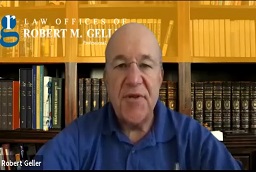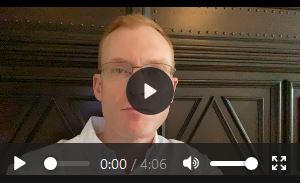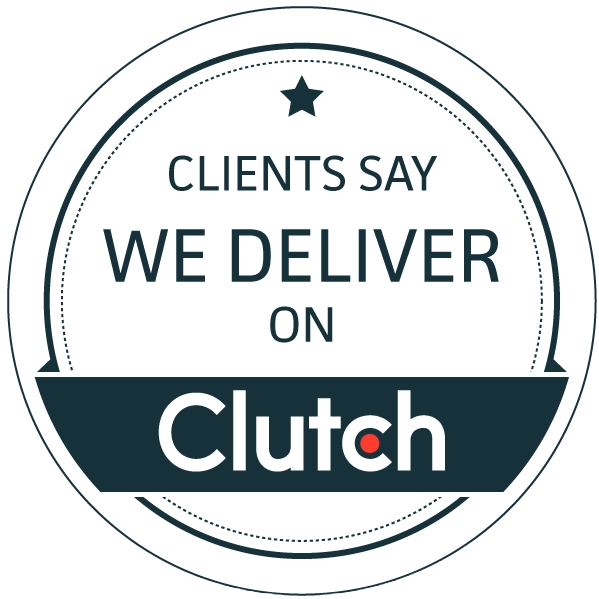Below is a list of 15 different Google Ads terms that are used every day in the world of Google Ads Management and Google Advertising. If you are new to PPC and are feeling the need to understand the various different anacronyms and terms used by your Google Ads Account Manager in more depth, this short and simple PPC dictionary is bound to be just the thing that you need to get you started.
The content of this PPC Dictionary has been crafted deliberately to include the main and most important elements of any PPC advertising campaign or Google Ads management process. Whenever you feel that you need a little more clarification on any of the definitions listed below, simply click on one of the links and read a more detailed article that has been written to define the subject you are interested in or concerned about in more depth.
Enjoy!
Pay Per Click is the form of online advertising that you have to pay for.
These are the advertisements that are listed on the right hand side of a SERP. They are the advertisements that have been paid for and are generated for a number of reasons that are different to that of the organic listings.
These are the search listings that appear on the left hand side of a SERP. They are generated by Google by matching websites with the internet keyword used in the engine search request. The websites listed are provided because the search keywords best match the keywords found on the content of those sites. The listings are free. Search engines, such as Google, do not receive payment for listing these results.
The CPC is the amount an advertiser pays each time a user clicks on his/her ad. Google AdWords has a CPC pricing system that is based on a bidding system. This means CPC can vary throughout the day depending on competitors amongst other things.
When a paid advertisement appears on a SERP, the possibility exists that an internet searcher may well click on that advertisement. The CTR is the amount of times an internet user clicks on the advertisement in comparison to the amount of times the search engine displays the advertisement. For example, if Google shows an advertisement 100 times in a month and out of those 100 times, 25 internet users actually click on the advertisement, then the CTR is 25%. The higher the CTR, the better the advertising campaign actually is because it affects quality score.
This is the page presented after an internet user types a keyword or keyword phrase into a search engine toolbar. It presents the internet user with a series of links to websites that match what that user is looking for. Some are paid advertisements and some are organic listings, generated automatically by the search engine itself.
This is one of the most important elements of PPC Advertising that everyone should understand. If an internet user arrives to your website and then does whatever it is that you want them to do, they create what is known as a conversion. For example, a conversion could be buying a product, it could be signing up to join a newsletter, it could be filling in a form to share contact details, anything. What you want them to do is irrelevant in many respects. It is whether they do it or not that is important; whether they “convert” or not.
Every advertisement that you create as part of a PPC campaign must then be part of an ad group. The more specific the ad group, the better the campaign will run overall.
A display URL is what the internet user sees when the advertisement is placed on the SERP. A destination URL is where that internet user will be taken to if they click on the advertisement. Google has very specific rules that must be adhered to regarding the differences between display and destination URLs, so make sure that you are aware of these rules.
This is the page of the website where the internet user “lands” if they click on the advertisement.
This is a word to describe improving the quality and effectiveness of any PPC campaign. For example, landing pages can be optimized to better serve the internet user when they arrive. Advertisement text can also be optimized so that more internet users are encouraged to click on the advertisement in the first place. In short, the list of what can be optimized in a PPC campaign is endless.
When Google, or any other search engine that you are advertising through, places an advertisement on the SERP, it is what is known as an impression. PPC advertisers are not charged for impressions on the search network. They are only charged when an internet user clicks on that impression. However, a PPC advertiser can control when impressions of their advertisements will appear to better target their audience.
This is a term which is used to describe when a program, tool or application has not yet been fully released to the general public. For example, when Google creates a new PPC tool and it wants to test the quality of this tool before releasing it to everyone and anyone, they place it in the BETA testing stage and invite certain companies or PPC Managers to test out the new product for them over a specific period of time.
This term describes the overall PPC advertising content that focuses on one goal. Therefore, if the conversion of a PPC campaign happens when an internet user buys a certain pair of trainers, all the advertisements, advertising text and keywords, etc. are part of one single PPC campaign devoted to making that conversion happen.
This is the experienced and qualified person who manages all of your PPC advertising needs for you.
Naturally, this is an INCREDIBLY short PPC Dictionary for Beginners, but it has been designed to alert novice PPC advertisers to the most important elements of PPC Management and PPC campaigns in general.
However, if you do have any questions regarding PPC for Beginners that haven’t been answered through this PPC Dictionary for Beginners, nor through the articles that it links to, do not hesitate in contacting Webrageous Studios via the Contact Tab in the top right hand corner of this website for more information and advice.



















